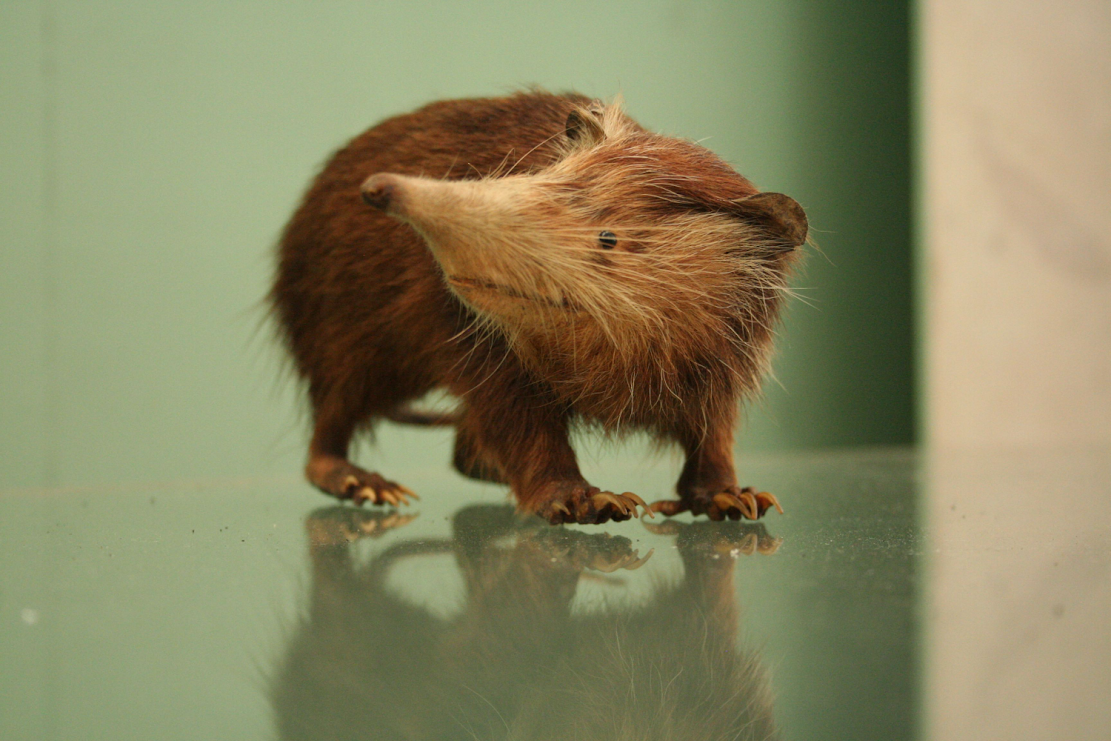The Great London:
Early Mammals
Fossils: Mammal diversity exploded immediately after dinosaur extinction

Evolution: Sex cells evolved to pass on quality mitochondria

Evolution: Rooting the family tree of placental mammals

Evolution: Study sheds light on the function of the penis bone in male competition

Fossils: Scientists weigh in on 'giraffe relative' fossil

Kenya: 17 million-year-old whale fossil pinpoints date of East Africa's puzzling uplift

Fossils: Mammals evolved faster after dinosaur extinction

Fossils: Elbows of extinct marsupial lion suggest unique hunting style

Fossils: Ancient DNA traces extinct Caribbean 'Island Murderer' back to the dawn of mammals
